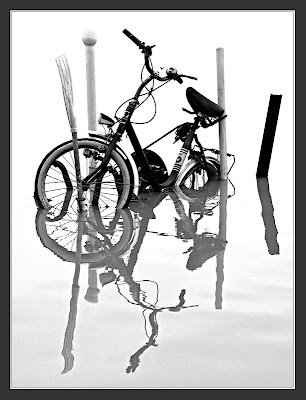Since I moved to Lincolnshire I've noticed a number of things. The drier weather I expected, but it's been pleasant to experience it after living on the wetter west coast for many years. The quieter roads and the easier parking has been very welcome. I've also been mightily impressed by the way the farmers make the land work. It seems that no sooner has a crop been harvested than the soil is ploughed, prepared, and in go the seedlings or seeds. And in their work the farmers call on, not just migrant labour, but a whole host of weird and wonderful machinery. In Lincolnshire the tractors are bigger than any I've ever seen. So too are the ploughs. The combine harvesters, of course, are large, but they are dwarfed by the beet harvester. Tractors with conveyor belts and mini-veg packers roam the roads and fields all year round, harvesting, to keep the flow of food to the country's tables. This is a landscape that doesn't appear to sleep, and you have to worry about the longer-term consequences of that, for the quality of the soil, and for the wildlife whose home it represents.
These tractors were resting towards the end of the day on an almost fully harvested field of brussel sprouts. I took this shot to see if I could make a picture out of this simple subject, and found a spot where I could make a composition that included a near and distant machine.
photograph & text (c) T. Boughen
Camera: Olympus E510
Mode: Aperture Priority
Focal Length: 19mm (38mm/35mm equiv.)
F No: f7.1
Shutter Speed: 1/1000
ISO: 100
Exposure Compensation: -0.7 EV
Image Stabilisation: Off






















